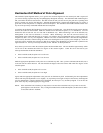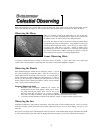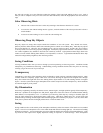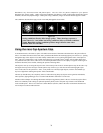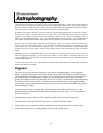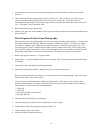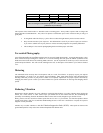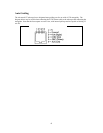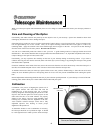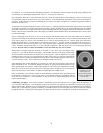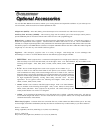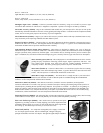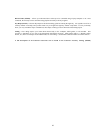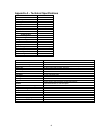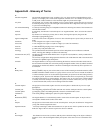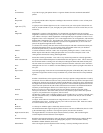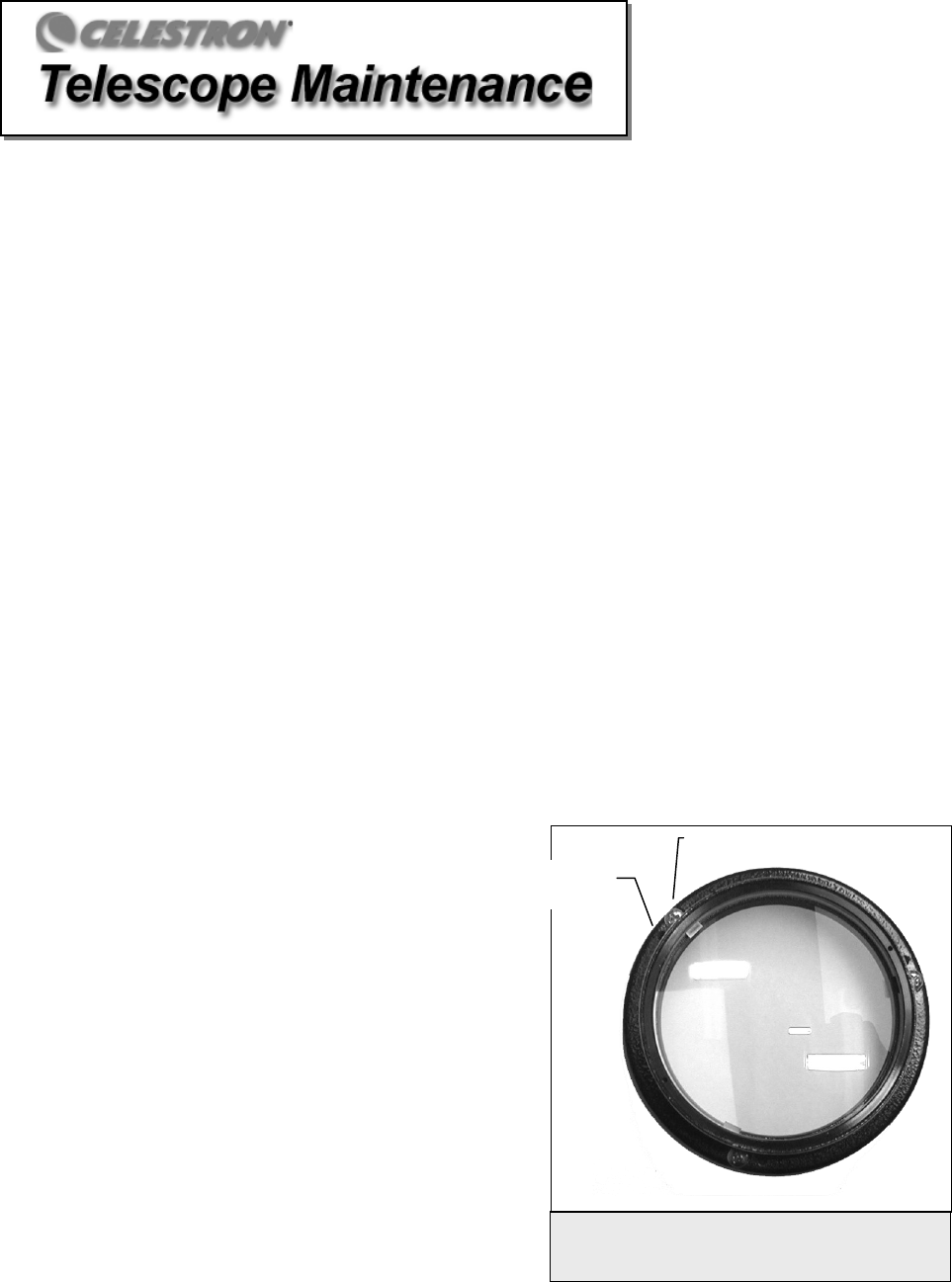
44
While your telescope requires little maintenance, there are a few things to remember that will ensure your telescope performs at
its best.
C
C
a
a
r
r
e
e
a
a
n
n
d
d
C
C
l
l
e
e
a
a
n
n
i
i
n
n
g
g
o
o
f
f
t
t
h
h
e
e
O
O
p
p
t
t
i
i
c
c
s
s
Occasionally, dust and/or moisture may build up on the objective lens of your telescope. Special care should be taken when
cleaning any instrument so as not to damage the optics.
If dust has built up on the lens, remove it with a brush (made of camel’s hair) or a can of pressurized air. Spray at an angle to the
lens for approximately two to four seconds. Then, use an optical cleaning solution and white tissue paper to remove any
remaining debris. Apply the solution to the tissue and then apply the tissue paper to the lens. Low pressure strokes should go
from the center of the lens to the outer portion. Do NOT rub in circles!
You can use a commercially made lens cleaner or mix your own. A good cleaning solution is isopropyl alcohol mixed with
distilled water. The solution should be 60% isopropyl alcohol and 40% distilled water. Or, liquid dish soap diluted with water (a
couple of drops per one quart of water) can be used.
Occasionally, you may experience dew build-up on the lens of your telescope during an observing session. If you want to
continue observing, the dew must be removed, either with a hair dryer (on low setting) or by pointing the telescope at the ground
until the dew has evaporated.
If moisture condenses on the inside of the lens, remove the accessories from the rear cell of the telescope. Place the telescope in a
dust-free environment and point it down. This will remove the moisture from the telescope tube.
To minimize the need to clean your telescope, replace all lens covers once you have finished using it. Since the rear cell is NOT
sealed, the cover should be placed over the opening when not in use. This will prevent contaminants from entering the optical
tube.
Internal adjustments and cleaning should be done only by the Celestron repair department. If your telescope is in need of internal
cleaning, please call the factory for a return authorization number and price quote.
C
C
o
o
l
l
l
l
i
i
m
m
a
a
t
t
i
i
o
o
n
n
Collimation is the process of aligning the optical axis of
each optical element with each other and with the
mechanical axis of the telescope tube. For a refractor
telescope design this means aligning the optical axis of the
objective lens with the optical axis of the eyepiece on the
other end of the tube. Your C6-R refractor was properly
aligned at the factory, however rough handling while
traveling may eventually alter the alignment of the lens.
Your Celestron refractor telescope comes with a fully
adjustable objective lens housing to ensure proper
alignment of the optical axis.
To determine whether or not re-collimation is necessary,
the telescope should be set up outside at night. It should
be a still night and one in which you have let the telescope
Figure 8-1 – Objective lens housing (with lens shade
removed) show mounting and collimation screws.
Mounting Screws
(Phillips head)
Collimation Screws
(Allen head)



